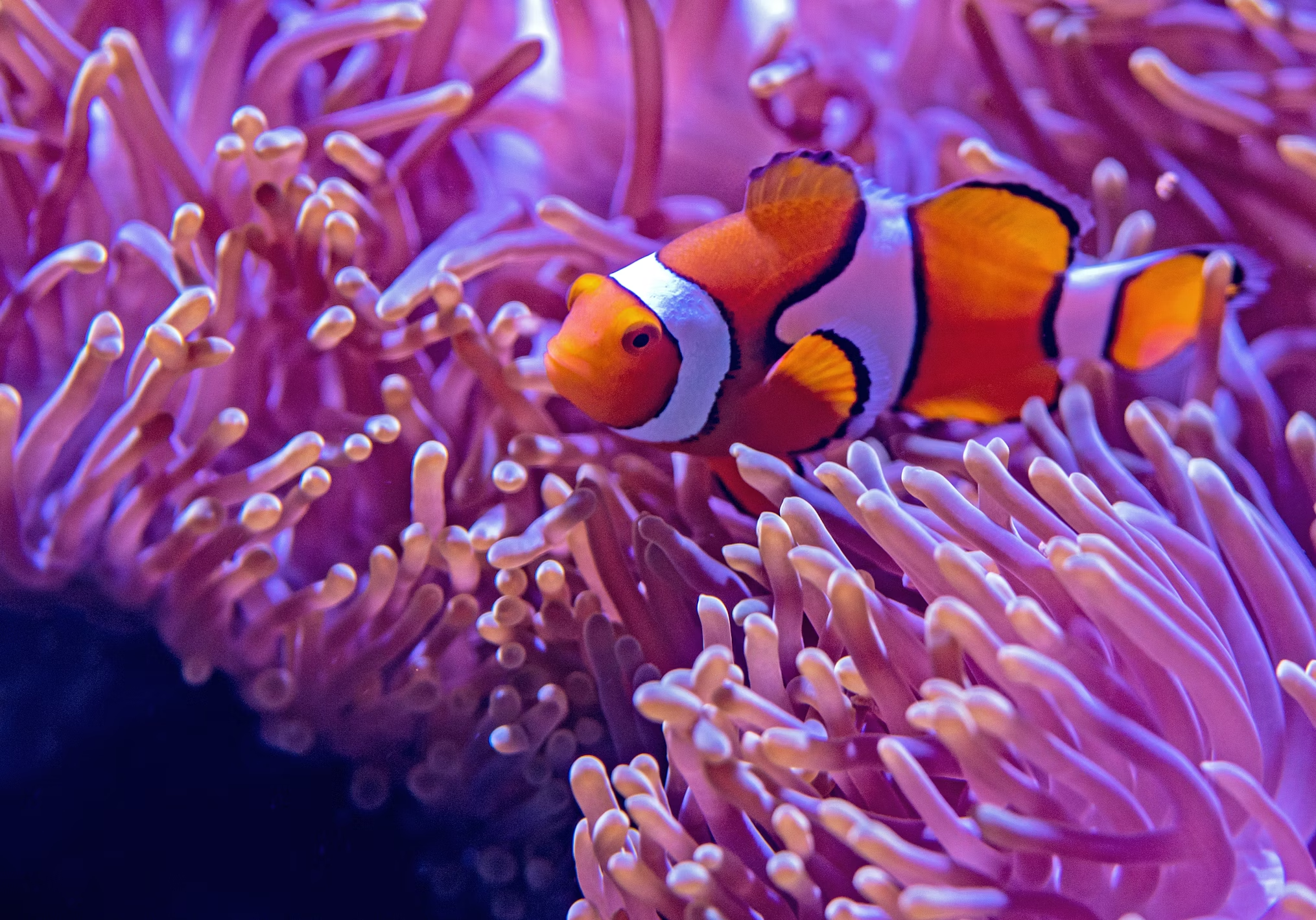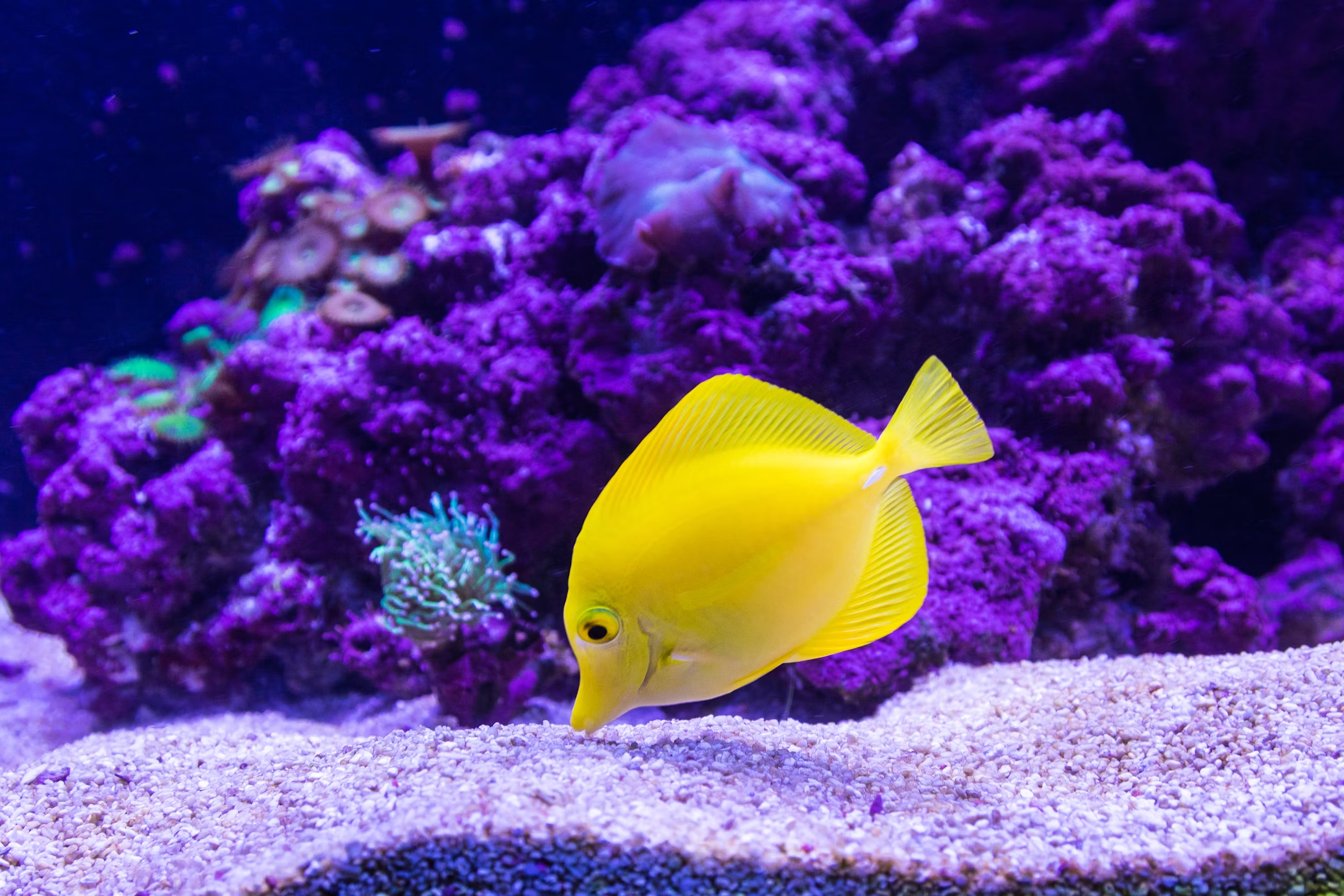
Setting up an aquarium can be a rewarding and relaxing hobby, but it requires careful planning and maintenance to ensure a healthy environment for your fish. Whether you’re a complete beginner or have recently started your journey into aquarium keeping, this guide will walk you through the essential steps on how to start and maintain and aquarium.
Choosing the Right Aquarium
The first step in starting an aquarium is selecting the right tank. Consider the following factors:
- Size: For beginners, a tank between 20-30 gallons (76 – 114 Litres) is ideal. Larger tanks are easier to maintain stable water conditions but may require more space and investment.
- Shape: Rectangular tanks are the most common and provide ample swimming space for fish. Avoid unusually shaped tanks, as they can complicate equipment placement and cleaning.
- Material: Glass tanks are durable and scratch-resistant, while acrylic tanks are lighter and more impact-resistant. Both have their pros and cons, so choose based on your preference and budget.
Essential Equipment
To create a healthy environment for your fish, you’ll need the following equipment:
- Filter: A good filtration system is crucial for removing waste and maintaining water quality. Look for filters that match your tank size and type of fish.
- Heater: Most tropical fish require a stable water temperature between 75-80°F (24 – 27°C). Choose a reliable heater with a thermostat to maintain consistent temperature.
- Lighting: Proper lighting is essential for fish health and plant growth. LED lights are energy-efficient and provide adequate illumination for most setups.
- Substrate: The substrate (gravel or sand) not only enhances the tank’s appearance but also provides a surface for beneficial bacteria to grow. Choose a substrate suitable for your fish and plants.
- Decorations: Add rocks, driftwood, and plants to create hiding spots and a natural environment. Ensure all decorations are aquarium-safe and free from sharp edges.
Setting Up Your Aquarium
Once you have all the necessary equipment, follow these steps to set up your aquarium:
- Clean the Tank: Rinse the tank with water (no soap) to remove any dust or debris.
- Add Substrate: Spread a layer of substrate evenly across the bottom of the tank. Aim for 2-3 inches (5 – 8cm) deep.
- Install Equipment: Place the filter, heater, and any other equipment according to the manufacturer’s instructions.
- Fill with Water: Fill the tank with dechlorinated water. Use a water conditioner to remove harmful chlorine and chloramine.
- Cycle the Tank: Before adding fish, cycle the tank to establish beneficial bacteria. This process can take 4-6 weeks but is essential for creating a stable environment. Test water parameters regularly to monitor ammonia, nitrite, and nitrate levels .
Selecting and Adding Fish
Choosing the right fish is crucial for a successful aquarium. Consider the following:
- Compatibility: Research fish species to ensure they are compatible with each other and with your tank size.
- Beginner-Friendly Fish: Start with hardy fish like guppies, tetras, or danios, which are more forgiving of beginner mistakes.
- Stocking Levels: Avoid overstocking your tank. A good rule of thumb is one inch of fish per gallon of water (approx. 2.5 centimetres of fish per 4 litres of water). Gradually introduce fish to allow the biological filter to adjust.
When adding fish:
- Acclimate Fish: Float the bag of new fish in the tank for 15-20 minutes to equalize temperature. Gradually add small amounts of tank water to the bag over 30 minutes.
- Release Fish: Gently release the fish into the tank using a net. Avoid pouring the bag water into the tank to prevent contamination.
Here is a video guide to help you setup your aquarium:
Maintaining Your Aquarium
Regular maintenance is key to a healthy and thriving aquarium. Follow these tips to keep your tank in top condition:
- Daily: Check water temperature, observe fish behavior, and feed your fish appropriately. Remove any uneaten food after a few minutes to prevent water pollution.
- Weekly: Test water parameters (pH, ammonia, nitrite, nitrate) and perform a 10-20% water change to remove accumulated waste and toxins. Clean the glass with an algae scraper and rinse the filter media if necessary .
- Monthly: Inspect and clean equipment, trim plants, and vacuum the substrate to remove debris. Check for signs of wear and replace parts as needed.
Troubleshooting Common Issues
Even with proper care, you may encounter problems in your aquarium. Here are some common issues and their solutions:
- Algae Overgrowth: Reduce lighting duration, feed less, and perform more frequent water changes. Consider adding algae-eating fish or invertebrates.
- Cloudy Water: This can be caused by overfeeding, bacterial bloom, or poor filtration. Reduce feeding, clean the filter, and increase water changes.
- Fish Illness: Isolate sick fish in a quarantine tank and treat with appropriate medications. Maintain optimal water quality to prevent diseases.
Conclusion
Starting and maintaining an aquarium can be a fulfilling and educational experience. By choosing the right equipment, carefully setting up your tank, and performing regular maintenance, you’ll create a thriving aquatic environment for your fish. Remember to be patient and enjoy the process, as a healthy aquarium is a testament to your dedication and care.
For more detailed information and resources, check out these helpful links:
As you gain experience, consider joining aquarium forums or local fish clubs. These communities offer valuable advice, support, and opportunities to share your hobby with others. Websites like Aquarium Advice are great places to start.
Check out our store for your aquarium needs here. We carefully curate our products to make sure that you get the best price amongst the competition while ensuring its quality!
By following these guidelines, you’ll be well on your way to becoming a successful aquarium keeper. Happy fishkeeping!































